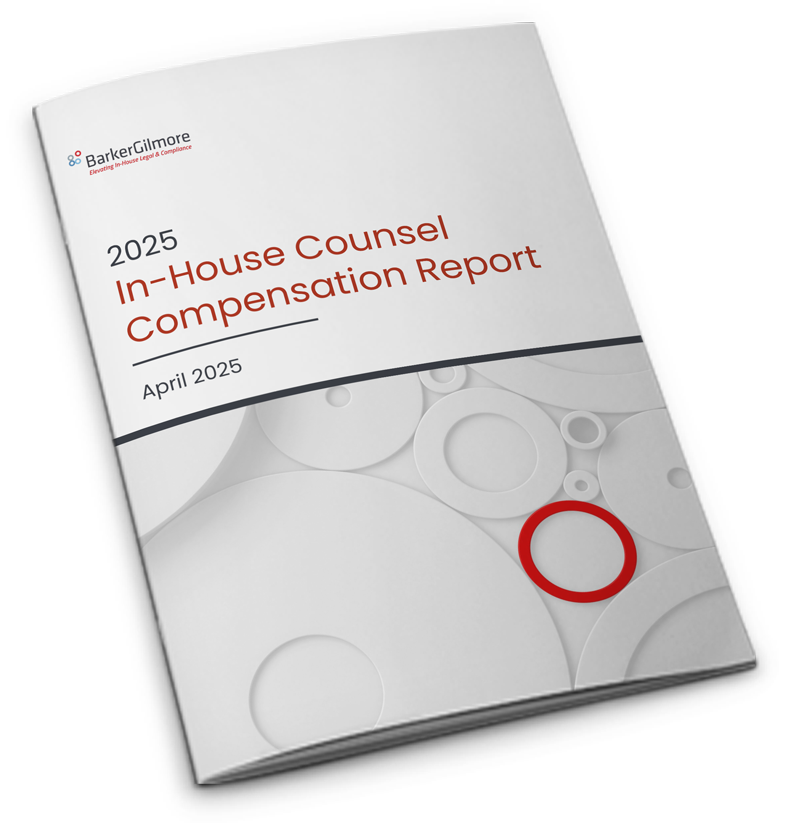Optimal In-House Legal Department Structure
Strategic Advisor & Executive Coach Audrey Rubin, former VP & COO of the Global Law & Compliance Department at Aon Corporation, is joined by her colleagues, Strategic Advisor & Executive Coach Peter Ganz, GC & Corporate Secretary of Anzu Special Acquisition Corporation, and former CLO, CCO, GC & Secretary of Ashland Global Holdings, Inc., and Strategic Advisor & Executive Coach A.B. Cruz III, formerly SVP & Divisional GC of USAA, to discuss how to structure the legal department to optimize team productivity and the value of services provided to the business.
Below are highlights from the webinar. To learn more, the video recording, slide presentation, and podcast are available on this page.
How legal department structure can create successful teams.
In the modern corporate environment, the legal function is not only responsible for analyzing and mitigating legal risk. It must be a business enabler focused on achieving company goals and, ultimately, boosting profits. BarkerGilmore’s seasoned legal leaders share their insights on building, developing, and optimizing legal and compliance team structures to support clients and the overall organization, and also provide tips on preparing for an IPO, SPAC, or spin-off, and subsequent departmental restructuring.
Optimize legal teams with a unified voice and a regional structure.
If you oversee a global corporate law department, there are a couple general principles to follow, but the emphasis certainly is on connectivity. It’s important that the law department define itself as a unified group and function as a single entity, operating under a unified mission. You are part of the business, but you are practicing law and you need to always keep that in the forefront of your mind.
In assessing a regional/international versus domestic structure, it’s difficult to get it right for the department because it’s often difficult to get it right for the company. Many legal departments are now structuring in-house on a regional basis because it makes sense in the current business climate.
“As companies evolve today, business lines are following more of a global structure. As a result, foreign operations are no longer considered to be outposts of a domestically-run organization. I really think you have to give serious thought to not having leadership centralized in the US but designating regional heads, so your legal function mirrors your corporation’s function.”
Peter Ganz
What’s the best way to structure a law department in a non-global company?
The considerations for the organizational structure of a smaller law department can be based on regions, business lines, or subject matter expertise., It depends on the structure of the company itself, and the “players” you have on the field and in your department.
Strong commercial generalists or lead lawyers who report to the General Counsel’s office and who the businesses see as their lawyer, with specialists “behind the curtain,” can be an effective structure. It’s still essential to coordinate and make sure that everyone is operating as one unit, particularly with the specialist lawyers.
“Sometimes you need to add lawyers, or even subtract a few, but know who you have and where you can put them. We had boots on the ground at all the major sites within the company. Our organization was aligned along businesses, and specialties like IP and litigation were centralized and farmed out as needed to those various sites.”
AB Cruz III
Make your case for in-house legal resources to the C-suite with metrics and allies.
One of the hardest tasks in many businesses is to get more resources, so it’s important to make the argument using the right metrics. As opposed to headcount, focus on total spend, looking at shifting dollars from the outside to the inside. Explain that an inside hire will be more responsive to the business because it will be their only client. Don’t try this alone though. Use your allies within the business to support your request by allowing them to explain how it will have a positive impact on their department.
Another metric that can be used to make your case is time to contract. If you can prove that it takes, for example, two weeks to turn around a contract that you send out, and it would be quicker to handle it in-house, show how there would be a faster return on revenue to the company from that contractual agreement.
“Metrics are critical here and lawyers, sometimes, aren’t used to using metrics. You need to demonstrate that it’s more cost effective to have somebody in-house, and that you’re going to reduce risk, either because you’re not passing it off to various law firms or because the in-house person truly knows the business. The metrics need to prove why it’s better to hire in-house then to keep going to outside firms and, in my experience, that is true for even a startup or a one-person department.”
Audrey Rubin
experience, that is true for even a startup or a one-person department.”
Audrey Rubin
Audrey Rubin, Peter Ganz, A.B. Cruz III, and our team of professionals are happy to help accelerate the initiatives that you’re already pursuing or to supplement your current strategic thinking to help you realize your vision. Please reach out if you or your organization may benefit from our recruiting, leadership development and coaching, or legal and compliance department consulting services. Let us help you build and optimize your legal and compliance departments.
Connect with a legal recruiting advisor
* indicates required fields



